Breakthrough in resort tourism
In the group of about 50 eco-resorts in the gateway area of the Capital, Lien Son stands out with a series of well-invested destinations, creating an attraction that many neighboring localities do not have. Satoyama Village - "Japanese village next to the Capital" is a typical example: Hot - cold onsen, jar bath, salt stone sauna, infinity pool and Japanese architectural space are recreated almost in their original form, enough to keep visitors staying for many days. At the same time, Luong Son Canh Homestay appeared as a more youthful choice with a mountain view swimming pool, a four-season green garden and nostalgic wooden bungalows. New models such as Green Valley Cao Son or Nature Key Retreat continue to expand the resort map, making Lien Son the "core area" of tourists looking for natural experiences while still wanting to enjoy modern amenities.
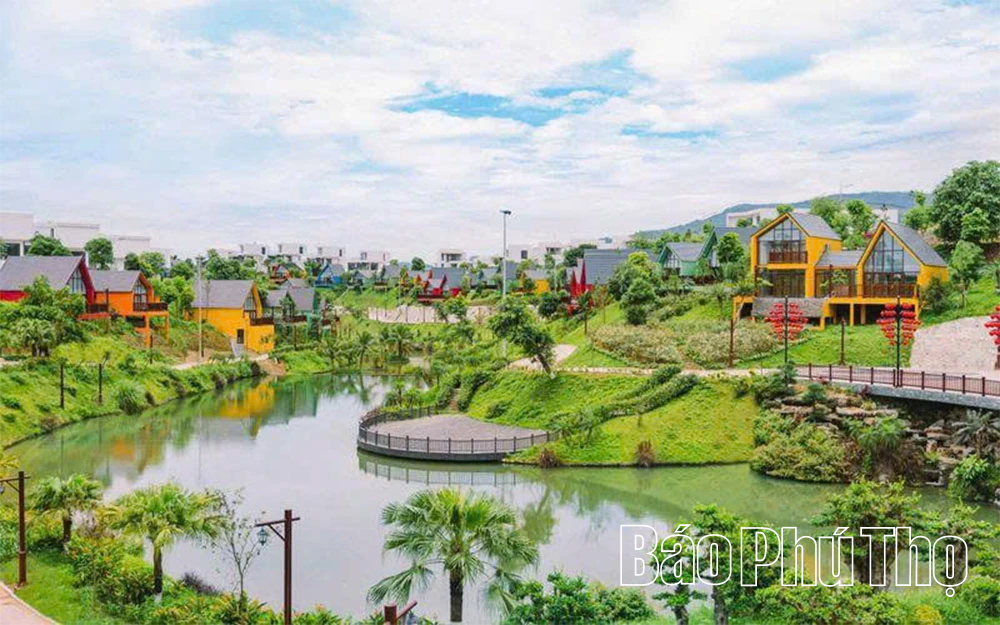
Panoramic view of Legacy Hill Resort & Villas eco-tourism area in Lien Son commune - one of the highlights of the infrastructure development strategy associated with tourism, urban and service areas in the mountainous area that is changing strongly.
In 2025, Lien Son will welcome about 3,000 visitors. The whole commune currently has 957 service businesses, a number that clearly reflects the vitality of the market. In this structure, tourism - resort is recorded as the fastest growing group, playing a driving role in the commune's service group.
Chairman of the People's Committee of the commune Bui Quoc Hoan acknowledged that this attraction comes from the core values that the land possesses: beautiful landscapes, a system of natural lakes and streams interwoven in the mountainous terrain and the preserved Muong cultural identity. He emphasized: Today's tourists do not only look for a place to rest, they want to "live in nature and indigenous culture" and Lien Son fully meets that. This is the assessment that explains why businesses choose Lien Son as an investment destination and why every resort that opens quickly has a stable number of guests.
The breakthrough of Lien Son tourism therefore lies not only in the number of accommodation facilities or the beauty of the resorts, but in the way the locality improves the quality of services to create a competitive brand. The road system connecting tourist destinations has been improved, accommodation services have been diversified, and businesses have focused on ensuring safety and security, creating a friendly feeling for guests. Thanks to that, Lien Son has transformed from a quiet mountainous commune into an eco-resort destination with a name on the tourist map of the outskirts of the capital.
Cultural and historical imprints in Lien Son
What keeps tourists in Lien Son is not only the luxury resorts, but also a "collection" of cultural and natural values that are quite well preserved. Many groups of tourists from Hanoi choose to start their journey by exploring the Sanh Suoi Coc tree - a heritage over 800 years old, with 54 large branches spreading out into a giant complex. Standing under the tree canopy, people can easily feel the antiquity of the ancient Muong land, where layers of cultural alluvium have condensed into special shapes. This is the "key" check-in point of experience tours, because there are few places less than 40 km from the capital that still preserve such a vibrant "green wonder".
From Suoi Coc, tourists often continue their journey to Hang Cho - an important archaeological site of the " Hoa Binh Culture", where traces of prehistoric people are still preserved in the heart of the mountain. For those who love to explore, this is not just a cave but a "memory landmark" of the entire cultural region that shaped the lives of residents thousands of years ago. Local authorities often incorporate this stop into the tour so that tourists can see that Lien Son not only has beautiful scenery, but also has rare cultural depth.
Returning to the village, the life of the Muong people today still retains its old sources: the sound of pounding rice, the stilt houses, the dishes cooked by the fire of the mountains and forests. Many homestays exploit these values to create experiences: making traditional cakes together, picking wild vegetables, listening to Muong folk stories told to tourists. Without embellishment, without "performance", it is this naturalness and simplicity that makes tourists feel like they are living "in" Lien Son, not "just passing through".
In Lien Son, eco-tourism and resort tourism are not separated from culture and history, but are connected into a seamless experience. This is also the reason why, despite the strong development of modern resort products, the land still retains its original character - a factor that helps Lien Son stand out from the wave of urbanization spreading in the suburbs of Hanoi.
From a quiet mountainous area, Lien Son is stepping onto the tourism map of the capital's outskirts by the power of nature, people and the desire for development. If it keeps this direction, Lien Son will not only be a place for relaxation, but will become a new symbol of green - humane - localized tourism, where every step of development is associated with respect for the past and responsibility for the future.
Khanh Thy
Source: https://baophutho.vn/suc-bat-du-lich-tu-vung-dat-ven-do-243417.htm




![[Photo] President Luong Cuong attends the 50th Anniversary of Laos National Day](/_next/image?url=https%3A%2F%2Fvphoto.vietnam.vn%2Fthumb%2F1200x675%2Fvietnam%2Fresource%2FIMAGE%2F2025%2F11%2F27%2F1764225638930_ndo_br_1-jpg.webp&w=3840&q=75)
![[Photo] Prime Minister Pham Minh Chinh chairs the 15th meeting of the Central Emulation and Reward Council](/_next/image?url=https%3A%2F%2Fvphoto.vietnam.vn%2Fthumb%2F1200x675%2Fvietnam%2Fresource%2FIMAGE%2F2025%2F11%2F27%2F1764245150205_dsc-1922-jpg.webp&w=3840&q=75)


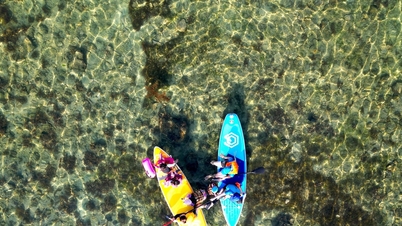





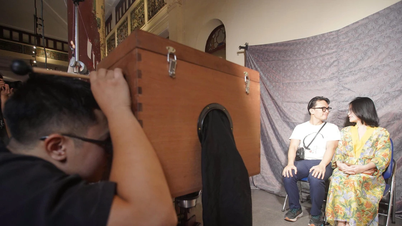


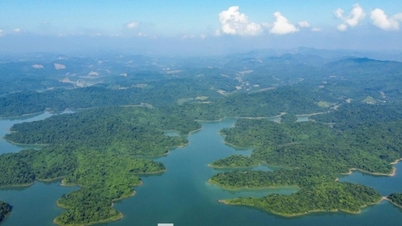

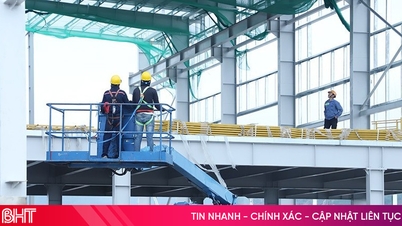



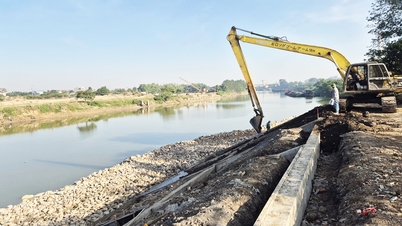
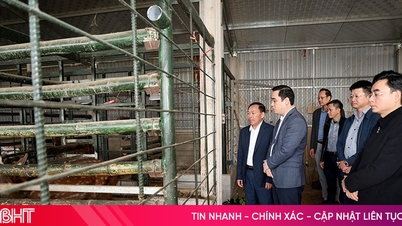


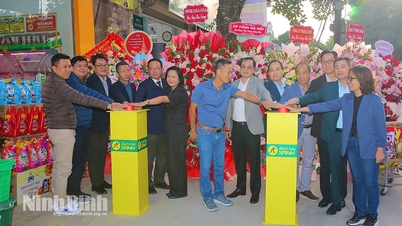






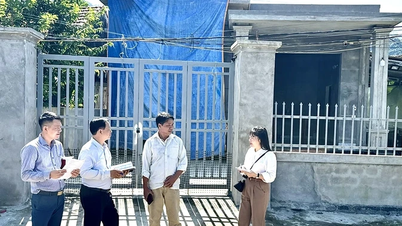
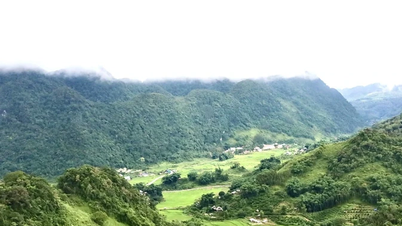
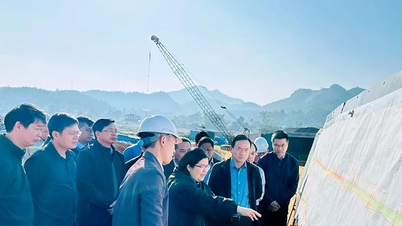
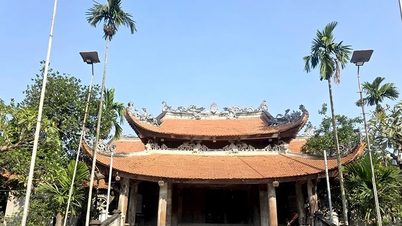
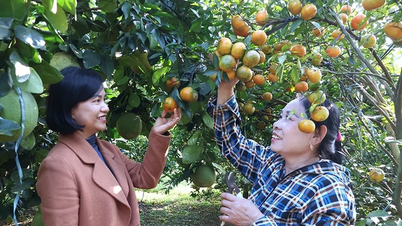




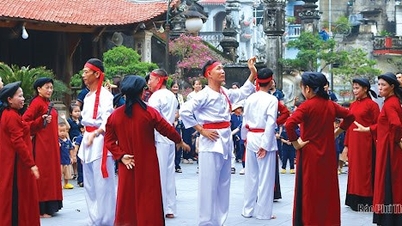

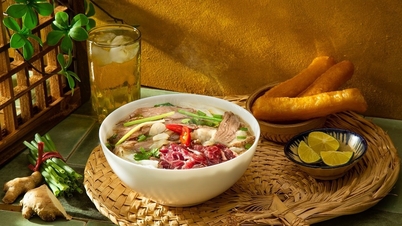




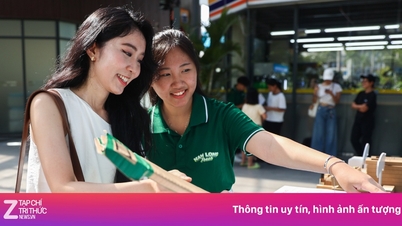



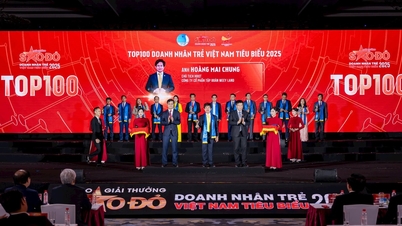



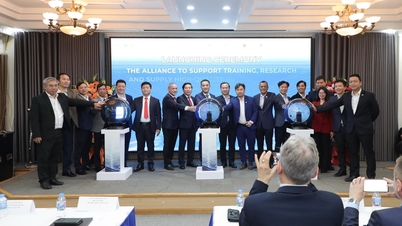





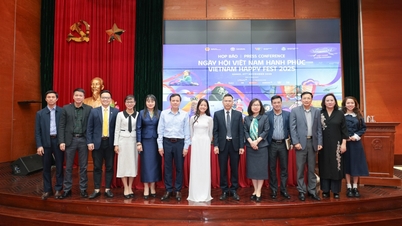













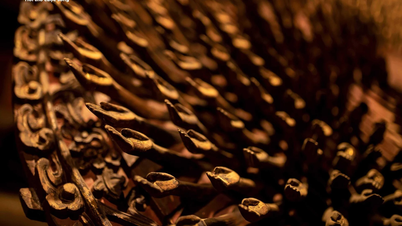






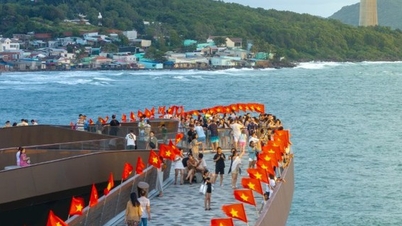

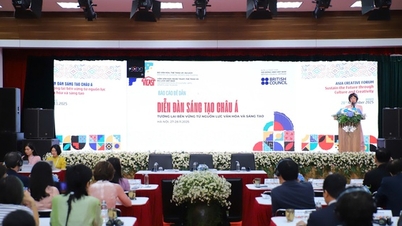

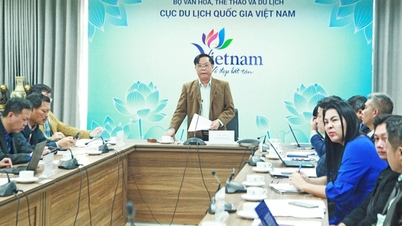


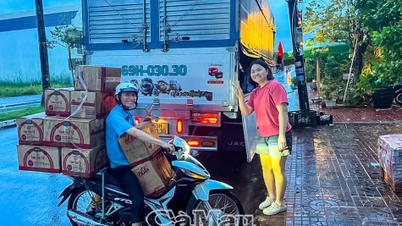
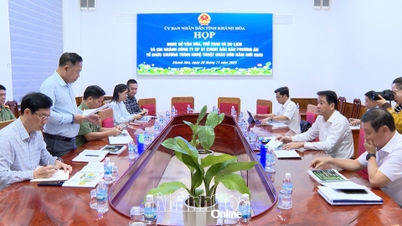

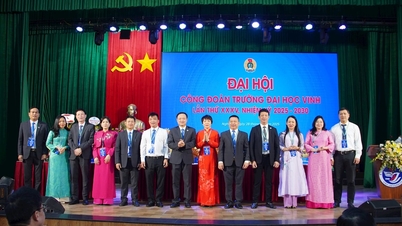


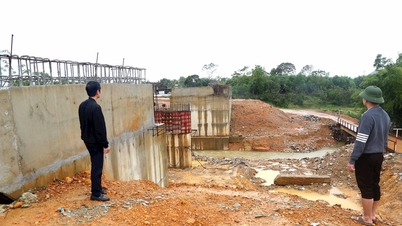












Comment (0)